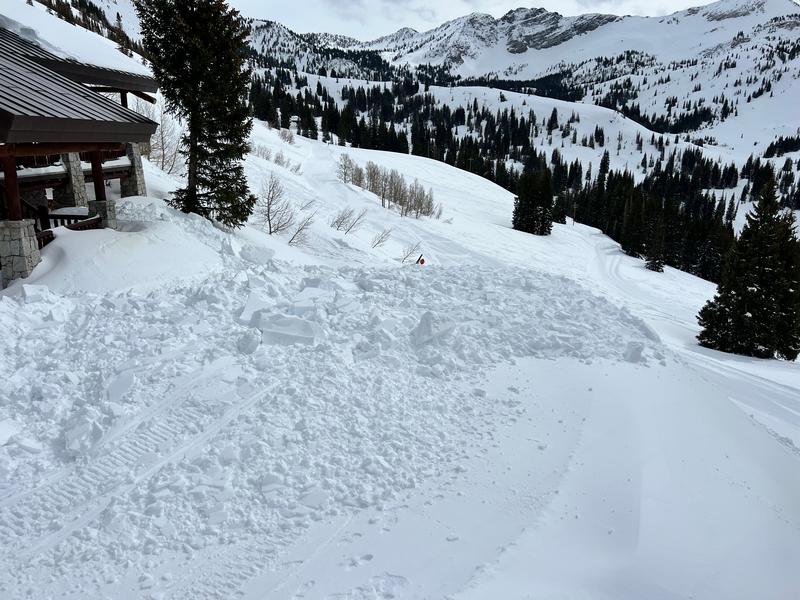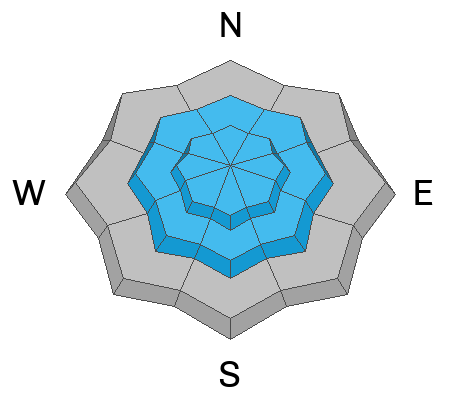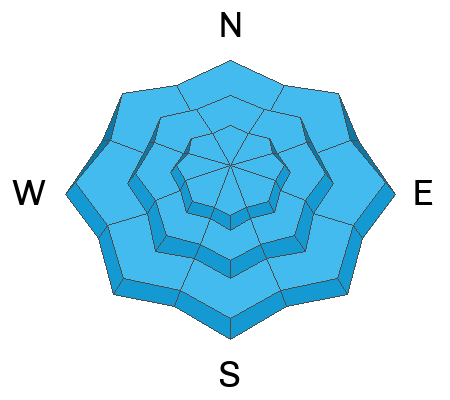This morning, temperatures are in the upper 20s and low 30s F. The rain/snow line began to drop around 5 AM, after raining up to elevations of 7500'- 8,200'. Overnight the mountains received 1-4" of snow, with 0.1-0.65" of water. At the 9000' ridgelines winds continue to blow from the southwest, at speeds of 20-25 mph with gusts up to 50 mph. At the 11,000' ridgelines, winds are gusting close to 60 mph.
Today, there will be periods of heavy snowfall and graupel, with peak snowfall rates up to 2.5" an hour. The mountains could receive 6-12" of new snow, with 0.5-1.1" of water before 5 PM. Southwest winds will remain elevated, blowing 15-25 mph with gusts up to 55 mph at 9000' ridgelines. At the 11,000' ridgelines, we could see gusts up to 70 mph. Midday the winds will begin shifting to the west, and then more northwesterly this afternoon.
All said and done we could see water totals between 1.75-2.75".
Tonight, things will begin to clear out with any light-snow showers arriving earlier this evening. The weather pattern looks to remain active into next week.
No reports of avalanche activity in the backcountry. In upper Little Cottonwood Canyon, there was one report of a large roof avalanche and ski resorts reported sensitive wind slabs and wet-loose avalanches.
Roof avalanche from upper little cottonwood canyon. Between warm temperatures, overnight rainfall, and so much snow on rooftops in mountain communities, roof avalanches could be a significant hazard today.
However, LCC ski areas do continue to trigger hard slab avalanches with explosives. Saturday's close call in the Provo area mountains was on a steep westerly facing aspect at 9300'. What to make of this?
We strive to understand patterns or hints of patterns with the snowpack and with avalanches to make a coherent assessment...and sometimes things aren't as clean cut as we would like. Forecaster Dave Kelly put some thoughts down on paper. His essay
Early Morning Pattern Hunting-What's the Problem? is worth the read.
Get all observations
HERE.












